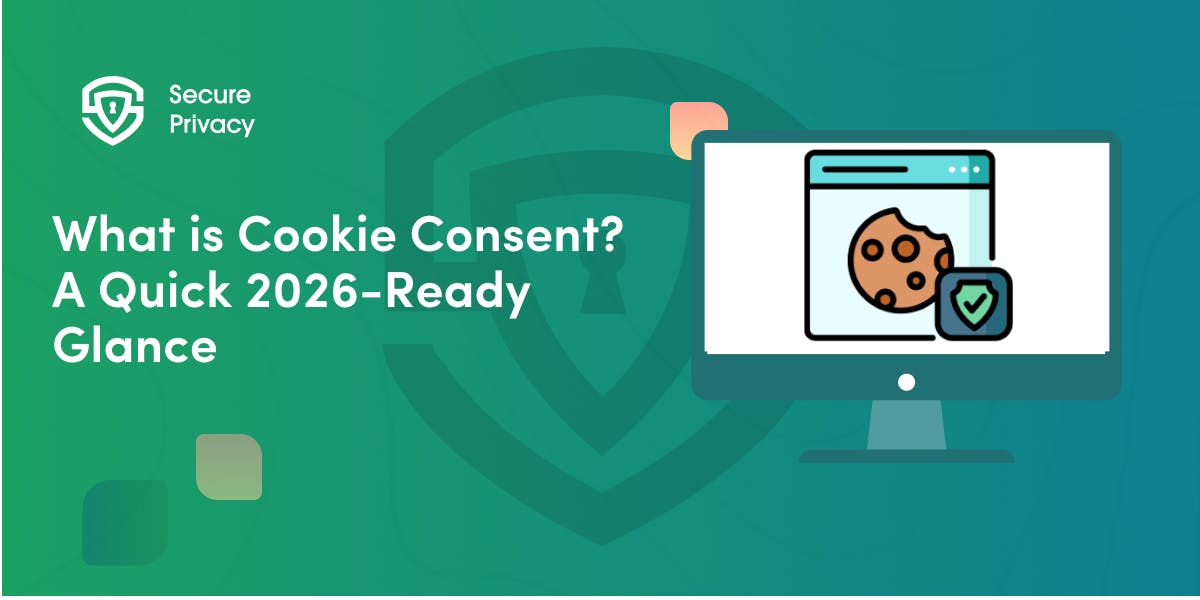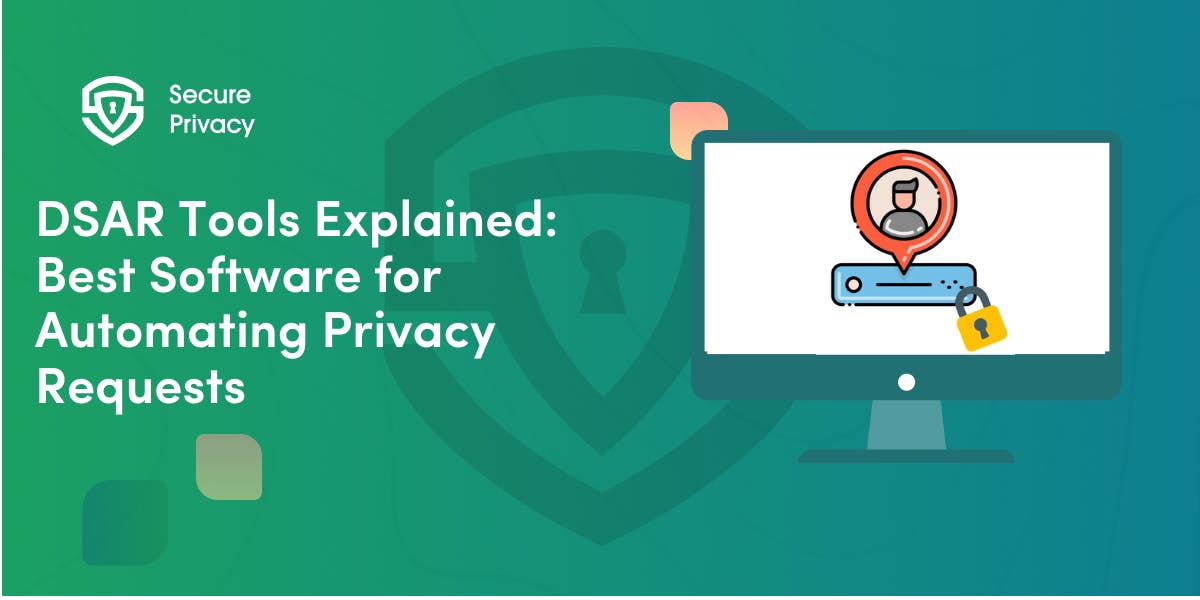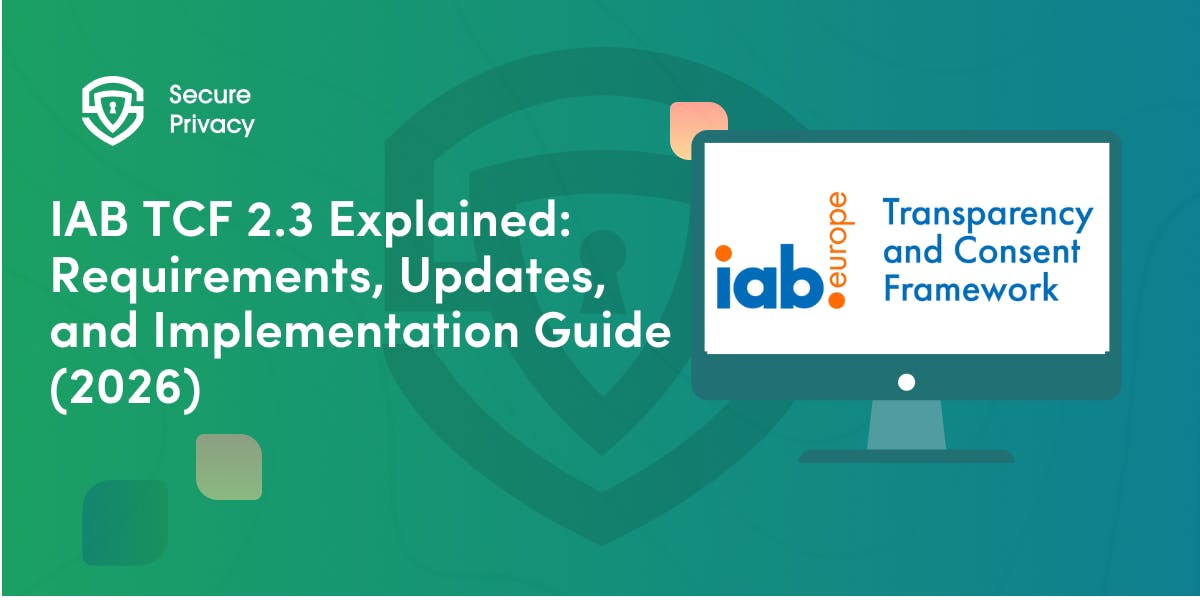What Is Cookie Compliance? A Plain English Guide for Website Owners
Your website uses cookies to track visitors, remember their preferences, and analyze behavior. But did you know those innocent-looking cookies come with serious legal obligations? Most website owners discover this the hard way when they receive compliance warnings or face potential fines.
What is cookie compliance?
Simply put, it's following data protection laws when your website uses cookies to collect visitor information. This guide breaks down everything you need to know about cookie compliance in plain English, without the legal jargon that makes most business owners' eyes glaze over.
What Are Cookies, Really?
Think of cookies as digital sticky notes that websites attach to your visitors' browsers. These small text files remember information about each user's visit and behavior on your website.
First-party cookies come directly from your website. They remember login details, save shopping cart items, or store language preferences. Third-party cookies come from external services you've added to your site, like Google Analytics, Facebook Pixel, or advertising networks.
Here's a simple analogy: imagine your website is a store, and cookies are like loyalty cards. Some cards (first-party cookies) only work in your store and help you remember customer preferences. Other cards (third-party cookies) work across multiple stores and help advertisers understand shopping patterns across the internet.
What Is Cookie Compliance?
Cookie compliance explained simply means handling cookies in a way that respects data protection laws and gives visitors control over their personal information. This is a key aspect of effective policy consent management.
This involves several key responsibilities.
Transparency comes first. You must tell visitors what cookies you use, what data they collect, and why you're collecting it. No hiding behind technical language or burying information in lengthy privacy policies.
User control is essential. Visitors need meaningful choices about which cookies they accept. This means offering granular options like "Accept all," "Reject all," or choosing specific categories like analytics or marketing cookies.
Consent documentation matters. You must keep detailed records showing when users gave consent, what options they chose, and how they can change their minds later. Think of it as maintaining a detailed guest book that proves everyone entered your store willingly.
Respect user choices. When someone says no to certain cookies, your website must actually block those cookies. You can't just show a banner for appearance's sake while continuing to track users behind the scenes.
Cookie Laws Overview: What Applies to Your Website?
GDPR Cookie Compliance (European Union)
The General Data Protection Regulation sets the gold standard for cookie compliance. Under GDPR cookie rules, you must get explicit permission before placing non-essential cookies on visitors' devices, a fundamental principle of policy consent management.
Key GDPR requirements include:
- Users must actively opt in (no pre-checked boxes)
- Consent must be specific for different cookie types
- Withdrawing consent must be as easy as giving it
- Only strictly necessary cookies can run without permission
GDPR applies to any website with EU visitors, regardless of where your business is located. The penalties are serious: fines up to €20 million or 4% of your global revenue, whichever is higher.
CCPA Cookie Rules (California)
California's Consumer Privacy Act takes a different approach. Instead of requiring upfront consent for all cookies, CCPA focuses on giving users the right to opt out of data selling or sharing.
CCPA compliance requirements:
- Provide a "Do Not Sell or Share My Personal Information" link
- Honor Global Privacy Control (GPC) browser signals
- Disclose cookie usage in your privacy policy
- Get explicit consent for collecting data from users under 16
LGPD and Other Global Laws
Brazil's Lei Geral de Proteção de Dados (LGPD) follows a model similar to GDPR, requiring opt-in consent for most data collection. Countries like Canada, Australia, and various US states are implementing their own cookie laws with similar principles.
The common thread across all these laws is clear: respect user choice and be transparent about data collection.
What Happens If You Don't Comply?
Ignoring cookie compliance isn't just risky - it's expensive. Beyond the obvious financial penalties, non-compliance creates multiple business risks, highlighting why robust policy consent management matters.
Legal penalties vary by jurisdiction. GDPR fines can reach millions of euros, while CCPA violations cost up to $7,500 per intentional breach. Even smaller fines add up quickly when multiplied across thousands of website visitors.
Reputational damage often costs more than fines. Users lose trust when they discover unauthorized tracking. Privacy-conscious consumers increasingly choose businesses that respect their data rights.
Platform compliance requirements affect your marketing. Google requires Consent Mode v2 for European traffic, and major advertising platforms are tightening their compliance standards. Non-compliant websites risk losing access to essential marketing tools.
How Do You Achieve Cookie Banner Compliance?
Getting compliant involves six essential steps, though the complexity often surprises website owners attempting manual implementation.
Step 1: Scan Your Website for Cookies
Most websites use more cookies than owners realize. Marketing tools, analytics platforms, chat widgets, and social media plugins all add cookies. You need a complete inventory before implementing compliance measures.
Step 2: Categorize Cookies by Purpose
Group cookies into categories like strictly necessary, functional, analytics, and marketing. Each category has different consent requirements under various laws.
Step 3: Implement Cookie Consent Requirements (see how to handle this as a small business)
Display a compliant banner that clearly explains your cookie usage and provides meaningful choices. The banner must appear before any non-essential cookies load.
Step 4: Block Cookies Until Consent
For GDPR and similar laws, you must prevent non-essential cookies from running until users give permission. This requires technical implementation that goes beyond just showing a banner.
Step 5: Document Consent Choices (see how to handle this as a small business)
Maintain secure records showing when users made choices, what options you presented, and what they selected. These records prove compliance during regulatory audits.
Step 6: Provide Consent Management
Users must be able to easily review and change their cookie preferences at any time. This typically involves a preference center accessible from your website footer.
The Reality Check: Manual implementation of these steps requires significant technical expertise and ongoing maintenance. Most businesses discover that privacy compliance explained in simple terms quickly becomes complex in practice.
The Fastest Path to Cookie Compliance
Smart business owners recognize that cookie compliance is too important and complex to handle manually. That's where Consent Management Platforms (CMPs) like Secure Privacy transform a months-long project into a same-day solution.
Automated cookie scanning identifies all cookies across your website, including those added by third-party tools and plugins. Marketing agencies managing dozens of client websites need bulk scanning tools. The system updates automatically when new cookies appear, eliminating manual monitoring requirements.
Intelligent banner customization adapts to different regional requirements. EU visitors see GDPR-compliant opt-in banners while California users receive CCPA-focused opt-out options, all managed automatically based on geolocation.
Seamless platform integration ensures compatibility with Google Consent Mode v2, major advertising platforms, and analytics tools. Your marketing infrastructure continues working while maintaining full compliance.
Comprehensive documentation handles consent logging, audit trails, and regulatory reporting. The system maintains detailed records without requiring manual spreadsheet management or database maintenance.
Cookie Compliance Best Practices
Beyond basic legal requirements, successful cookie compliance builds user trust and supports business objectives. These practices help achieve both goals effectively.
Design user-friendly experiences. Avoid dark patterns that trick users into accepting all cookies. User-centric Privacy by Design practices build long-term trust that benefits your business.
Regular compliance audits ensure your implementation stays current as laws evolve and new tracking technologies emerge. Quarterly reviews help identify potential issues before they become problems. (See how to handle this as a small business)
Staff training ensures your team understands compliance requirements when adding new marketing tools or website features. Simple procedures prevent accidental compliance violations.
Performance monitoring tracks both compliance metrics and user experience indicators. Optimal cookie banner implementations balance legal requirements with conversion rate objectives.
FAQ: Cookie Compliance Basics
Do I need cookie compliance if my business is small?
Yes, cookie compliance requirements apply regardless of business size. If your website has visitors from regulated jurisdictions and uses tracking cookies, you need compliance measures.
What's the difference between necessary and non-essential cookies?
Necessary cookies enable basic website functions like login, security, and shopping carts. Non-essential cookies include analytics, advertising, and social media tracking that enhance but aren't required for core functionality.
Can I use Google Analytics without cookie consent?
Under GDPR and similar laws, Google Analytics requires user consent because it processes personal data. However, Google Analytics 4 offers configuration options that may reduce consent requirements.
How often should I update my cookie compliance?
Review your compliance quarterly or whenever you add new tracking tools. Laws and platform requirements change regularly, requiring ongoing attention.
What happens if I get a compliance violation notice?
Respond quickly by documenting your current compliance measures and implementing improvements. Many regulators prefer cooperation over punishment for businesses making good-faith efforts.
Does cookie compliance affect my website's performance?
Well-implemented compliance actually improves performance by preventing unnecessary third-party scripts from loading without user consent. Poorly implemented solutions can slow websites significantly.
Get Started For Free with the
#1 Cookie Consent Platform.
No credit card required

What is Cookie Consent? A Quick 2026-Ready Glance
Your website loads. Cookies track users. But without proper cookie consent, you're violating GDPR — risking fines up to €20 million or 4% of global revenue. Cookie consent is the legally required mechanism by which websites obtain explicit user approval before deploying non-essential tracking technologies. This requirement stems from GDPR Article 4(11) and the ePrivacy Directive, mandating that consent must be freely given, specific, informed, and unambiguous.
- Legal & News

DSAR Tools Explained: Best Software for Automating Privacy Requests
You're drowning in data subject access requests. Manual searches through dozens of systems miss regulatory deadlines and expose organizations to fines starting at $2,500 per violation. The solution? DSAR tools — purpose-built software that automates the entire process of responding to data subject access requests, from intake to delivery.
- Legal & News

IAB TCF 2.3 Explained: Requirements, Updates, and Implementation Guide (2026)
Your ad revenue dropped 40% overnight. Google stopped bidding on your inventory. Your DSP partners flagged your traffic as non-compliant. The culprit? An outdated TCF 2.2 consent string after the February 2026 enforcement deadline.
- Legal & News
- Cookie Consent

